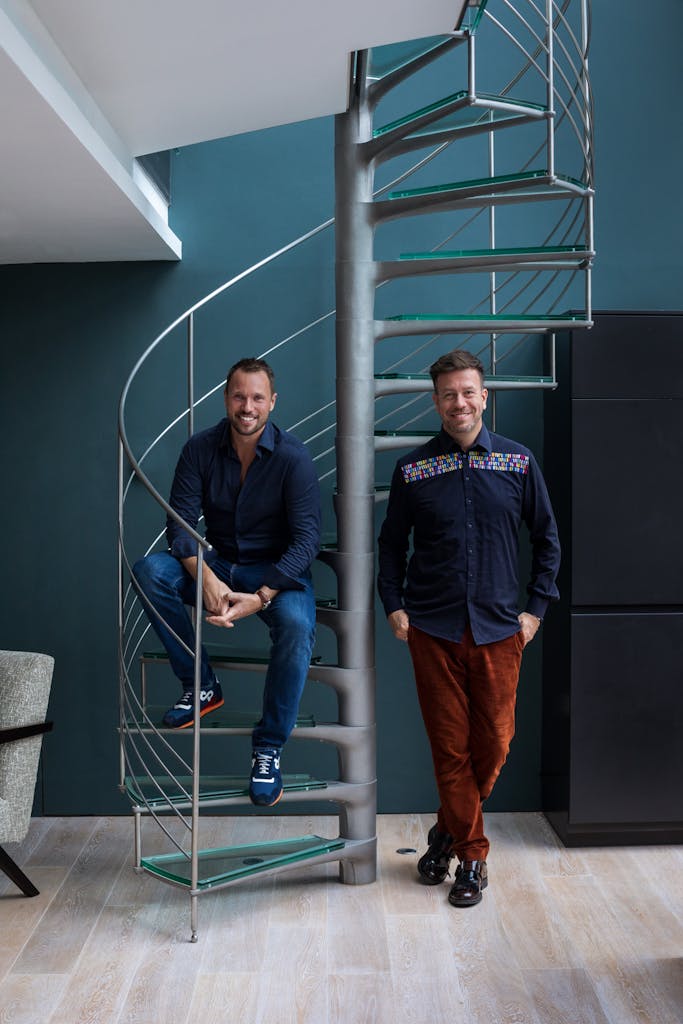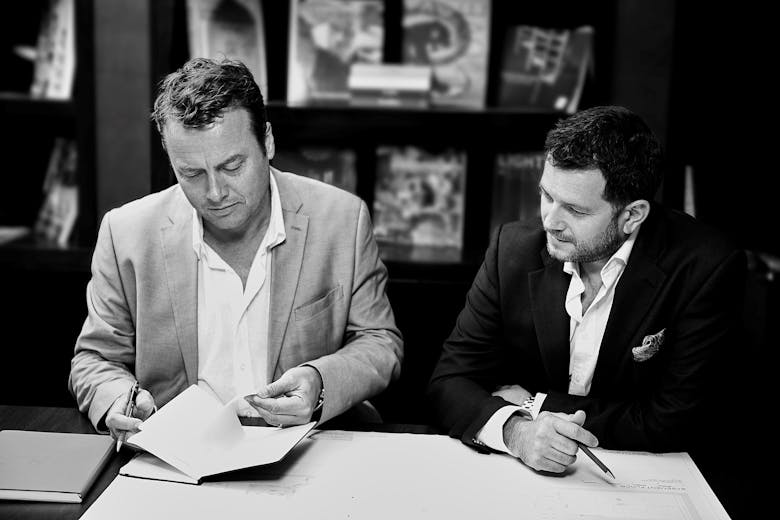With input from some of PCL’s top firms, recruiter Jason Bailey reports on the design industry’s drastic transformation over the last six months, and explains why now could be a prime time to launch a new firm…
In a sector where face-to-face meetings, site visits, sample boards and immersive client presentations come as standard, it’s been crazy to see Microsoft Teams become the communication tool of choice, interviews via Zoom and flexible working become a prerequisite for new hires. Of course, individual businesses have handled things differently, however we’ve seen some major shifts that seem set to stay.
1) Working from home

Previously if we had a candidate wanting to work from home, it would have been very unlikely our clients would consider that person. This has however flipped entirely on its head. Not being able to work remotely is now a disadvantage. There are of course the more hands-on roles such as FF&E designers, requiring access to physical materials and sample libraries, however on the whole studios are keen to remain nimble and transient. Those with office relocation plans to accommodate growth pre-lockdown, no longer need to make that commitment. With the right balance of home-based and office teams, alongside a well-structured rota, businesses can grow without the inevitable space planning headaches. Furthermore, for all our client’s technology is now in place to facilitate remote working and the systems are actually working. I doubt for many the 9-5 office set up will return to how it was.
The Designer’s View
Laura Hammett, founder of Laura Hammett: “For the first time since we set up the business, I feel completely comfortable working remotely and I’m confident that not only will the team deliver, but also that the business will flourish.”
Chris Godfrey, global principal of HBA Residential: “Lockdown really focussed the more senior members of our industry to embrace new technology; which has defined new ways of working connectedly and efficiently.”
2) Efficiency
Not only is the job getting done, but with even more efficiency than we could have imagined. With internal meetings, kitchen catch-ups and office politics drastically reduced, work hasbecome the focus. It’s easy to assume that, at home, employees can ‘hide’ and work less, but it is infact the exact opposite. A new study of 3.1 million employees reveals they’re working 48 minutes longer attending 13% more meetings and sending more emails whilst working remotely (NBER) Plus, for those wanting to do less, it’s not that easy – the spotlight is on at home, with structured presentation slots and scheduled ZOOM check-ins with line managers, it’s almost impossible for work to slide and for deadlines to slip without good explanation.
The Designer’s View
Hamish Brown, partner at 1508 London: “Directors are getting less involved in the day-to-day and managers are gaining greater responsibilities – it’s been incredibly positive across the board.”
Laura Lockwood, studio director at 1508 London: “We’ve seen reporting lines really come into play during lockdown – managing groups of people remotely has really highlighted the need for clear communication lines and team structure.”
3) Contract Staff

Studios are grouping their employees differently, whether it be around specific projects or into A and B teams to manage flow of people returning to the office safely. We’ve also seen a rise in demand for contract employees. In an uncertain economic climate, many of our clients have been keen to minimise financial commitment and are therefore happy to adopt a short term, more flexible approach to recruitment. With contract staff they can engage and release on very short notice periods and can also lean on our cashflow which is a help for some in these uncertain times. Similarly, candidates seem very open to freelance working – lockdown has given people a taste of the flexible lifestyle and experience in managing their own time. Accepting a short-term contract is no longer perceived risky, but more a wise move in an uncertain climate.
The Designer’s View
Iain Johnson, CEO of Allect Design Group: “Our open-minded approach to the team structure, new hires and the way we have incorporated freelance contracts as we carefully craft and expand our business sustainability, has resulted in the most diverse and dynamic team we’ve ever had.”
4) Career Development
Despite lockdown creating a shared experience, providing common ground for everybody from CEO’s to junior level – it has been a challenging time for the more junior team members. The typical mentoring, shadowing and learning by example you would expect in most design studios has definitely suffered somewhat. It’s not an easy process to conduct online, as such line managers are needing to work hard to emulate the growth and mentoring process remotely, ensuring junior team members are getting the support and coaching they need to progress.
The Designer’s View
Rickesh Patel, design director at Morpheus & Co: “Since lockdown has ended, we’ve made a dedicated effort to spend one on one time with juniors in the office –it’s important to us that this young talent is nurtured.”
There is certainly more change afoot, with furlough coming to an end I think we will see a similar pattern to 2008 – with a large influx of candidates seeking employment, followed by the majority of studios favouring contracted employees until at least the end of Q1 2021.
A major client of ours became one of the largest design studios in London, having set up during the last recession, so there is still great opportunity in the market. For studios with a stable pipeline of work and healthy order book, this is also a great opportunity to hire strong talent that wouldn’t ordinarily be available. We’re already seeing movement of key team members in senior roles and I expect this to continue into 2021.
It’s exciting to see a once perhaps slightly antiquated industry embrace the changes wholeheartedly. Moreover, to see organisations become open to new people, new team structures and modern methods of communication – the process needn’t be so formulaic and black and white anymore. Efficiencies business owners have witnessed during lockdown cannot be ignored and are proof that with change comes opportunity – there’s no better time to launch a new company I say…








